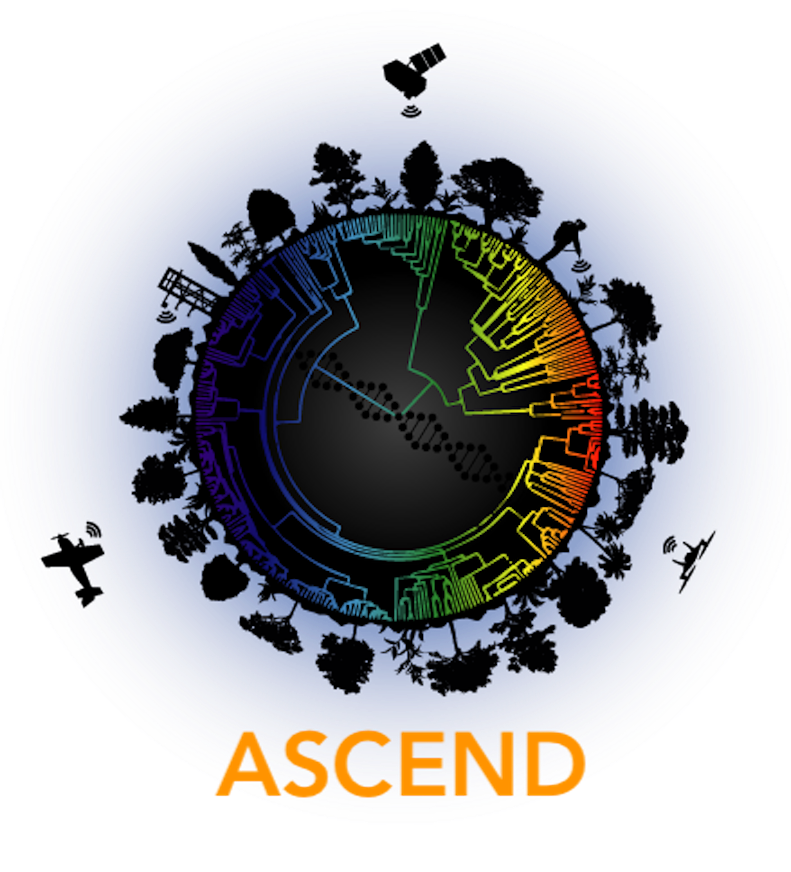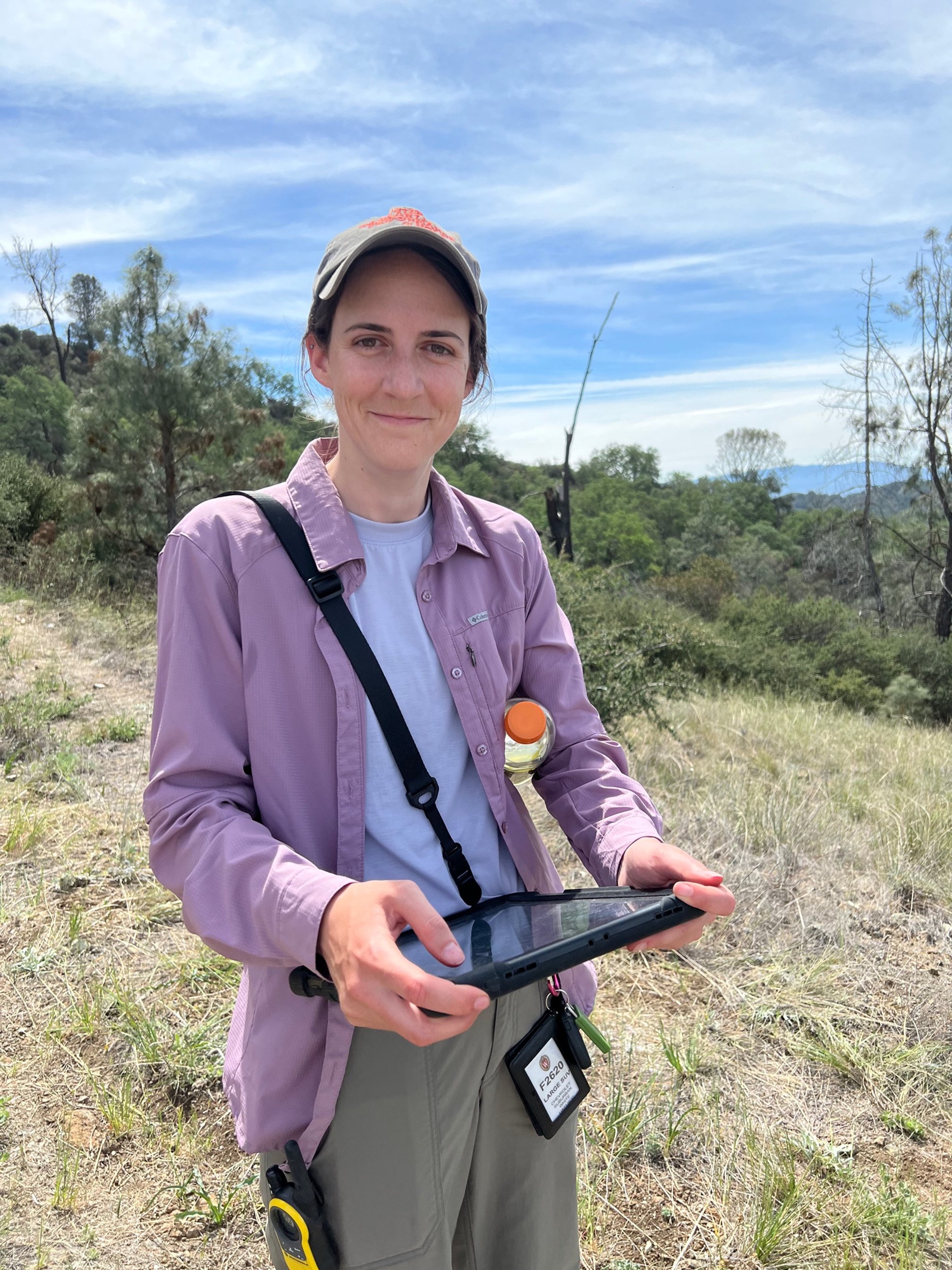NextGen: Natalie Queally
Introduce yourself
My name is Natalie Queally and I’m a PhD student in the Townsend Lab at the University of Wisconsin-Madison. I use hyperspectral remote sensing and trait-based ecology to assess vegetation response to disturbances. I’m originally from Southern California, and my work largely focuses on California ecosystems.
When did you know that you wanted to become a scientist?
I was interested in the natural world from an early age, after traveling to many of California’s National Parks as a kid. Always curious about natural systems and wanting to learn more in college, I majored in geography and environmental studies with a minor in conservation biology. The program of study was a great way to learn about diverse ecosystems across the planet, and through coursework in GIS and remote sensing I began to understand the immense opportunities using Earth observations for environmental monitoring. I became involved in several remote sensing-based internships at NASA’s Jet Propulsion Laboratory (JPL) after I graduated, which focused on using data from various sensors to tackle environmental topics, such as invasive species spread in Arizona and drought-related dieback in southern California oak woodlands. My early work mostly used broadband sensors, but once I was introduced to the possibilities that come from working with hyperspectral data, I was hooked. I knew I wanted to pursue a career in science studying vegetation with hyperspectral data, and joined the Townsend Lab to do so.
Tell us about your research projects in ASCEND.
My work scales leaf-level traits to a larger pixel scale to study broad vegetation trends. Different leaf traits are linked to different aspects of ecosystem function, so the ability to map functional traits across a landscape allows us to make inferences about how that landscape is functioning. In particular, I am looking at how different traits adapt or change in response to disturbances. My current project is investigating how the pre-drought distribution of traits influenced ultimate tree mortality or survival during the 2012-2016 megadrought in California. In an area that is frequently drought-stressed, understanding how these different trait compositions may influence resiliency in light of exceptional stress will provide insight into the conservation of our ecosystems. With the collection of a new hyperspectral dataset for the Surface Biology and Geology High Frequency Time Series (SHIFT) campaign, which consisted of weekly image acquisitions across three months, my future work will have a larger focus on the phenology of traits; in other words, how trait response to disturbance changes across a growing season.
Natalie Queally collecting field data at Sedgwick Reserve in California
How would you explain your research to someone who is not a scientist?
My work uses an advanced sensor that can take images in wavelengths that our eyes can’t see. Contained in these images are unique features that can be linked to the chemistry and structure of a leaf. By using actual leaf measurements from where the image was taken and the information from the image, estimates for the chemistry and structure of the leaf can be mapped across the landscape. This allows me to ask questions about how plants are responding to global change across a large area and increase our understanding of ecosystem function.
What are your hobbies and preferred activities when you are not doing science?
I enjoy spending time outdoors and am an avid explorer of the Wisconsin state park system. I’m a hiker, wildflower enthusiast, and birder. In the winter months, I spend more time enjoying Madison city life, seeing live music and trying new restaurants and bars.

